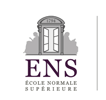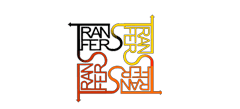Abstract
Maps have the special capacity to create and project spatial frameworks through both their physical and stylistic forms. The close study of maps as constructed objects re-centers the principle element of any art historical problem, relational thinking through visual culture. A cartographic representation examined as an element of its historical context can simultaneously articulate a specific perspective on a particular place, and reveal broader dialogues of which that viewpoint is one part. The articles brought together here examine a variety of local mappings contingent on more global thinking in the transatlantic world, from the colonial period to the twentieth century.
Recommended Citation
Cosentino, Delia A.. "Thinking Globally, Mapping Locally: Styles and Discourse in Transatlantic Cartography." Artl@s Bulletin 7, no. 2 (2018): Article 1.






